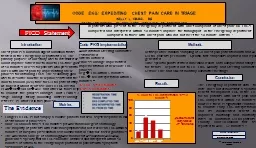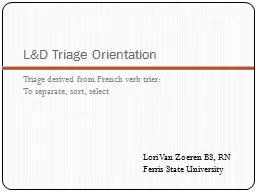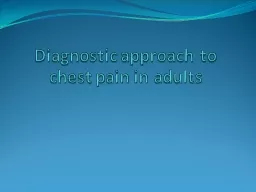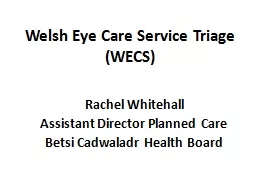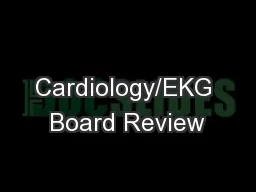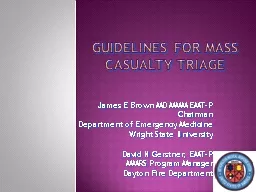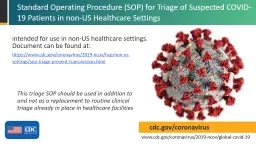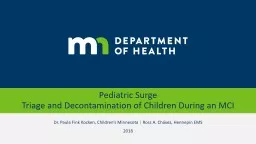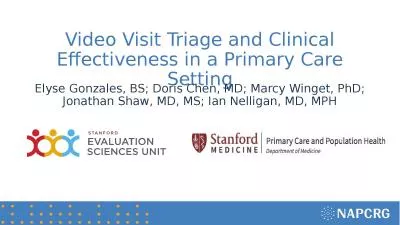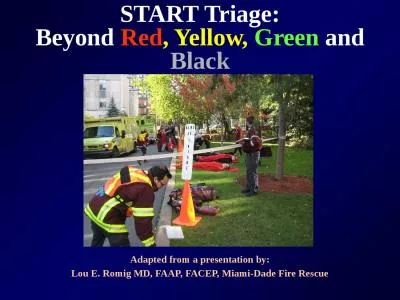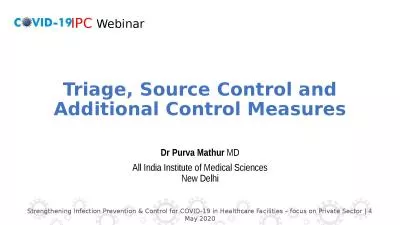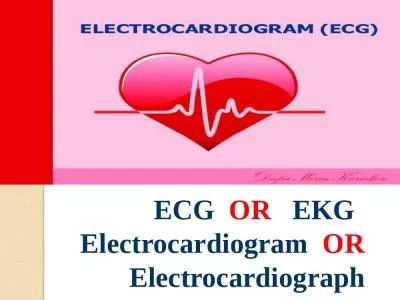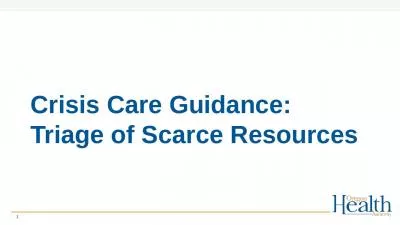PPT-Code EKG: Expediting Chest Pain Care in Triage
Author : kittie-lecroy | Published Date : 2016-04-10
Kelly L Cross RN State University of New York Institute of Technology In patients who present to the emergency department with chief complaint of chest pain
Presentation Embed Code
Download Presentation
Download Presentation The PPT/PDF document "Code EKG: Expediting Chest Pain Care in..." is the property of its rightful owner. Permission is granted to download and print the materials on this website for personal, non-commercial use only, and to display it on your personal computer provided you do not modify the materials and that you retain all copyright notices contained in the materials. By downloading content from our website, you accept the terms of this agreement.
Code EKG: Expediting Chest Pain Care in Triage: Transcript
Download Rules Of Document
"Code EKG: Expediting Chest Pain Care in Triage"The content belongs to its owner. You may download and print it for personal use, without modification, and keep all copyright notices. By downloading, you agree to these terms.
Related Documents

